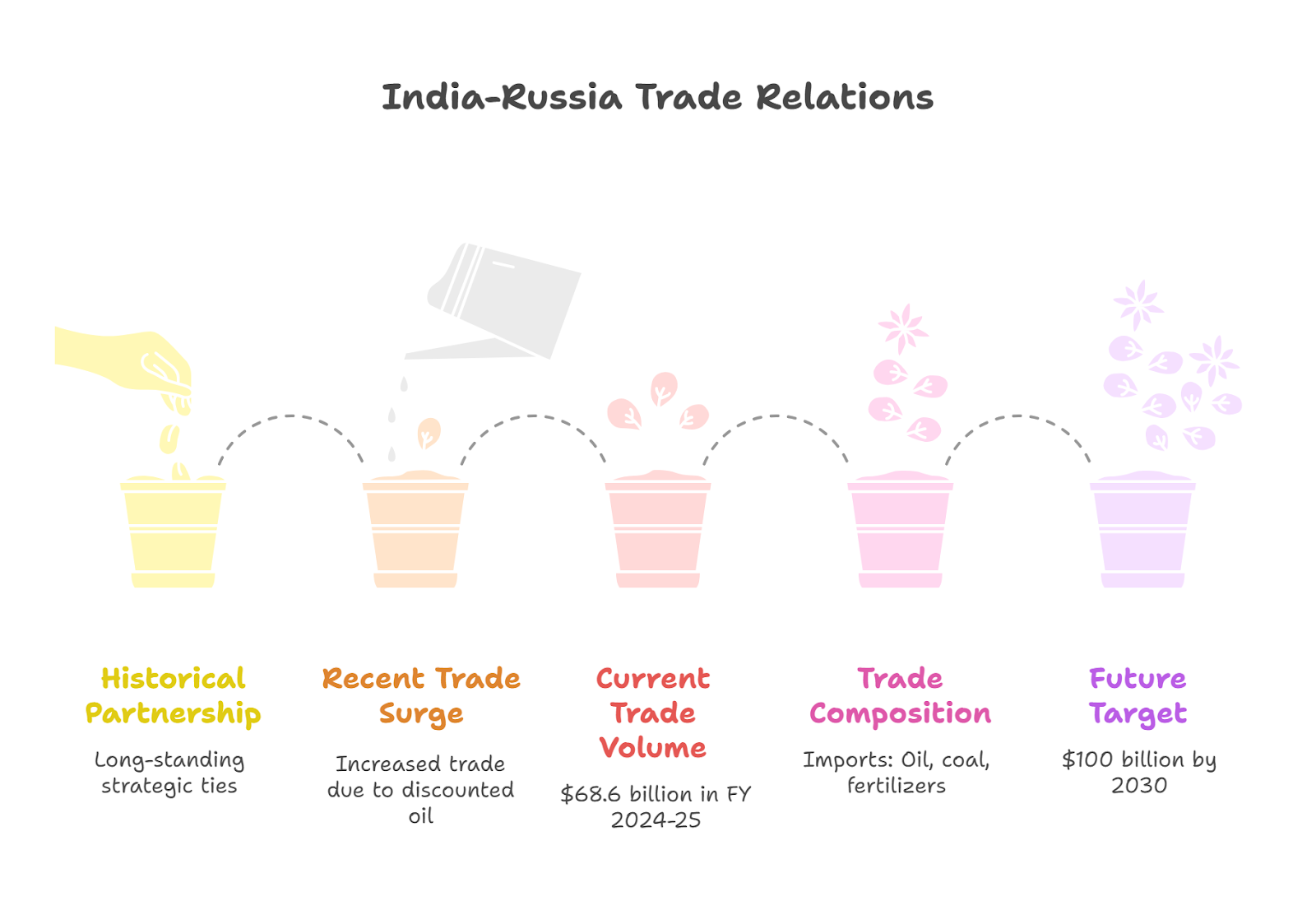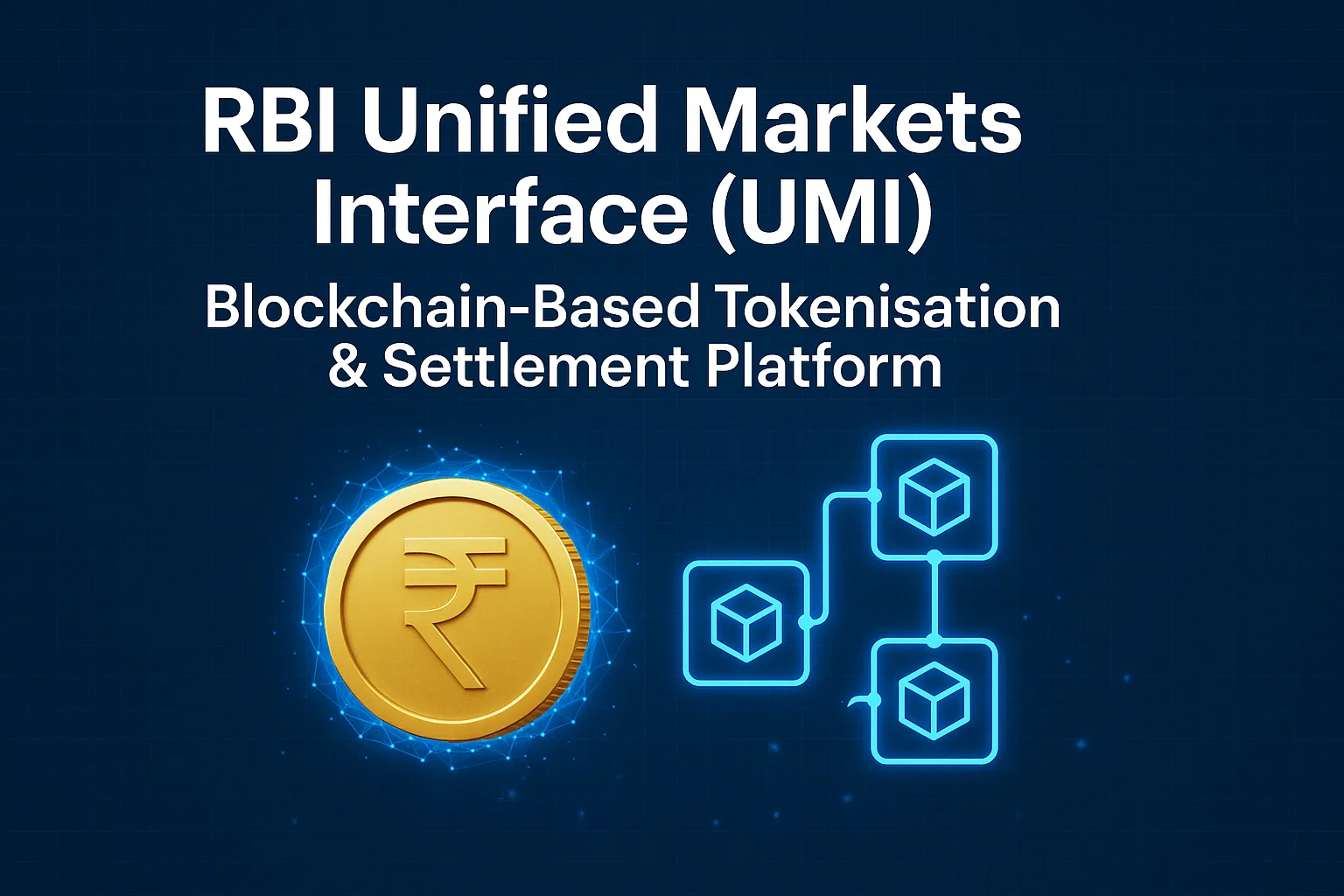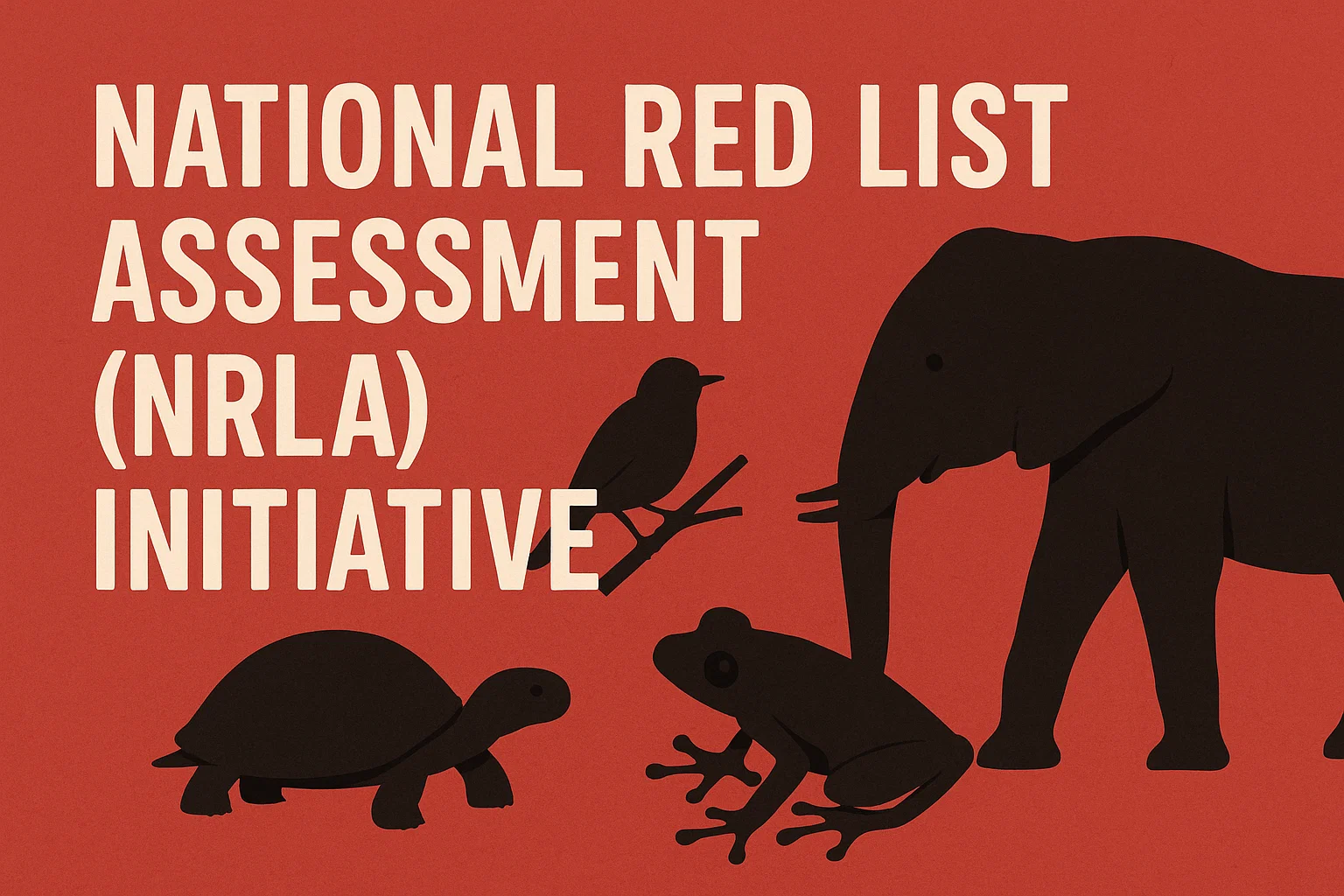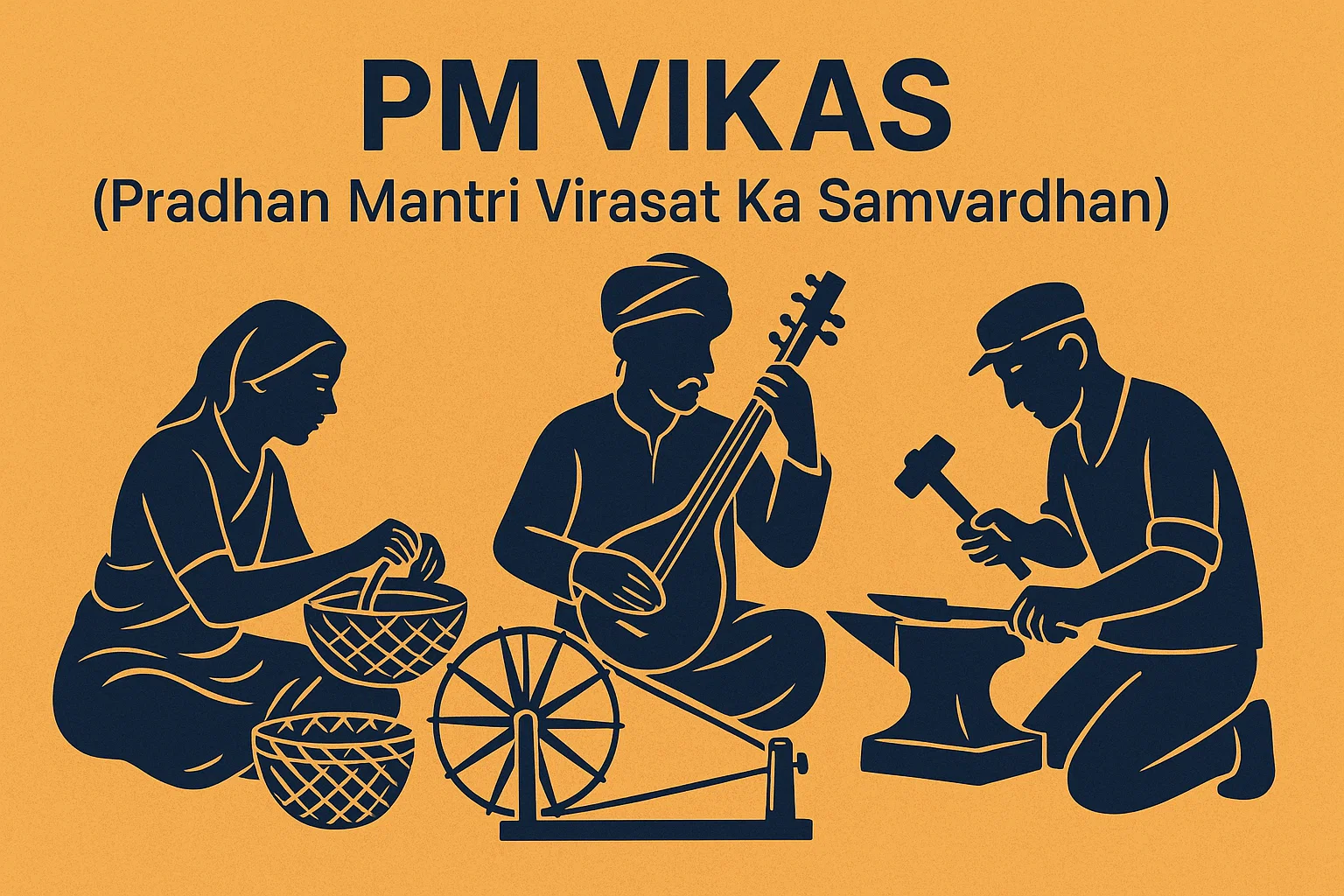Font size:
Print
India–Russia Trade Relations: Unlocking Opportunities Amid Global Shifts
India–Russia Trade Relations: Breaking Barriers for a Balanced Future
Context: India–Russia trade relations have entered a critical phase amid shifting geopolitics and Western sanctions on Moscow. With India facing tariff pressures from the US and a massive trade imbalance with Russia, both nations are accelerating efforts—through FTAs, connectivity corridors, and rupee-ruble trade—to diversify and secure a more balanced, resilient economic partnership by 2030.

What are the major reasons for low trade between India and Russia?
- Trade Imbalance: India’s heavy reliance on crude oil imports creates a one-sided basket. According to the Economic Survey 2024-25, over 85% of trade value is petroleum-linked.
- Non-Tariff Barriers (NTBs): Russia imposes stringent sanitary and phytosanitary (SPS) standards, especially for marine and agri-exports, limiting India’s access.
- Connectivity Bottlenecks: Absence of direct, efficient trade routes increases costs. While the International North-South Transport Corridor (INSTC) and Chennai–Vladivostok Maritime Corridor are under discussion, they remain underdeveloped.
- Payment and Sanctions Constraints: Western sanctions on Russia complicate banking channels. Rupee-ruble settlement mechanisms are yet to stabilise.
- Limited Export Diversification: Unlike India’s trade with the US/EU, high-value services and IT exports have minimal penetration in Russia.
What measures have been taken to address the challenges?
- Negotiating a Free Trade Agreement (FTA): In August 2025, India and the Eurasian Economic Union (EAEU) signed Terms of Reference to launch FTA negotiations, aimed at lowering tariff and non-tariff barriers.
- Diversification of Export Basket: India is pushing sectors like pharmaceuticals, agriculture, food processing, and textiles. The Commerce Ministry’s Marine Export Promotion Council is already negotiating SPS harmonisation with Russia.
- Ensuring Fertiliser Security: Long-term supply agreements for potash and urea with Russia are being institutionalised, critical for India’s food security (Economic Survey, 2024-25).
- Connectivity Initiatives: INSTC, Chabahar Port integration, and the Northern Sea Route are being explored to cut transport costs and time by nearly 40% (Down To Earth, April 2024).
- Labour and Services Cooperation: India is exploring export of skilled manpower in IT, construction, and engineering to Russia, addressing its labour shortages while diversifying India’s service exports.
- Use of National Currencies: Leaders at the 22nd Annual Summit (2024, Moscow) agreed to settle trade in rupee and ruble to bypass sanctions and dollar dependence.


